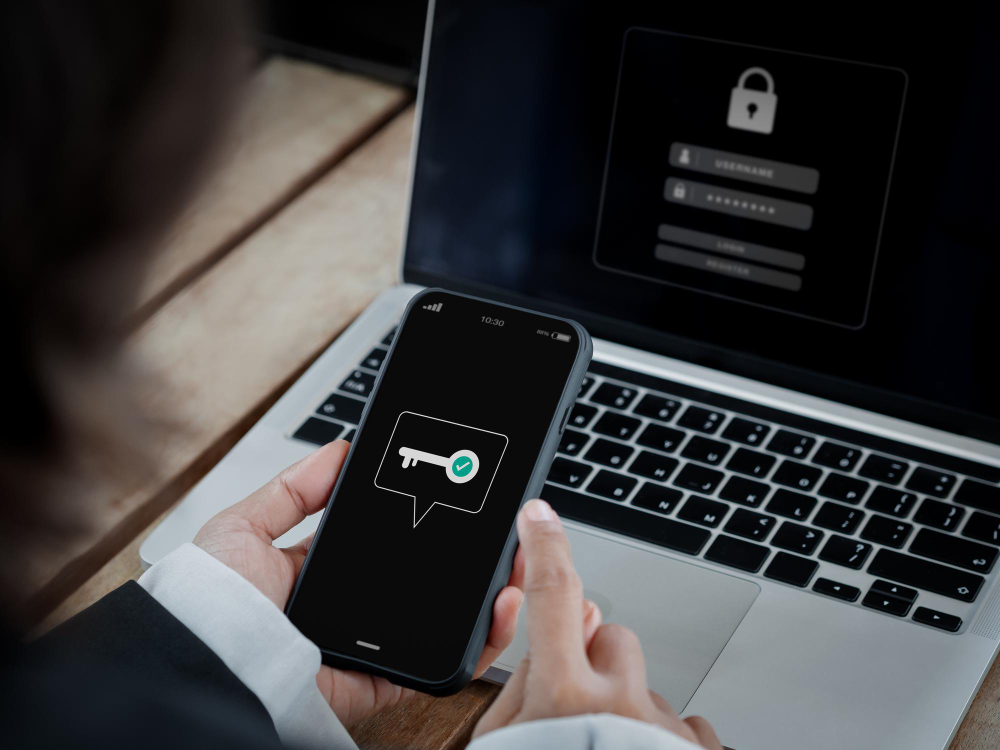These days, people worldwide are always online, and that’s why scams, especially through text messages, are a big problem. Among many phishing methods, smishing has become one of the most popular.
Smishing is when scammers trick their targets with text messages. There are myriad ways to perform this attack, from sending us a message that makes us panic to a believable offering.
So, how do we prevent from falling victim?
Ahead, we will show you the sneaky smishing scams these scammers use so you can spot them and prevent them from succeeding. Read on!
What is Smishing?

Smishing, a mix of SMS and phishing, is a type of phishing in which scammers disguise themselves as legitimate sources and send the victims deceptive texts to get them to download malicious files, give away their private info, or send money to the scammers.
This attack is becoming more common. A survey shows that over 415 million fraud texts are sent daily in the US alone.
This condition is even more accelerated because people tend to trust texts more than other things like emails, and spam filters find it harder to block texts.
Plus, with more folks using their own phones for work, it’s easier for these malicious actors to sneak into company networks.
How Smishing Works

In general, smishing works the same way as email phishing. Here are the step-by-step of how this attack works:
- Selecting the target using a random list of phone numbers or a specified list of previous breach targets.
- After selecting the targets, the scammers craft a text disguised as a legitimate source informing an ‘urgent’ matter, such as a password reset or a suspicious credit card or bank transaction, and end with a CTA to click a link.
- When the text is already well-crafted, the scammers use spoofing tools to send it to the list of the targets.
- Once received, the message will prompt the target to take action related to the CTA.
- Typically, the malicious link or phone number appearing on the CTA will land the target on filling in their data to a fraud website or downloading a malware-filled application.
- After the target’s data is in the scammers’ hands, they will use it for intended malicious purposes.
Usually, these scammers won’t stop at their first attempt. They will hide their tracks by constantly changing methods and using fake numbers.
When combined with social engineering, scammers may call for info and then text you, using what they learned to deceive.
How to Know If You Are Being Smished

It’s actually easy to spot smishing attacks, especially if you’re already familiar with the signs. Check out these common signs!
Request to Reveal Credentials
If you get a text asking for your login details, like passwords or PINs, be wary; legitimate companies never ask for sensitive info via text.
Requests For Money
Be cautious of texts urging you to send money, pay a fee, or confirm payment details. These are red flags pointing to a smishing scam.
However, sometimes these scammers word their text as if they’re a charitable organization looking for ‘funds’—and playing with your emotions. Always double-check the organization name and the campaign they’re running when you receive this kind of text.
Requests to Download Potential Malware
Watch out for texts with links to download apps or updates. They might be traps for installing harmful software on your device.
Once you install the malicious software, these attackers will be able to control your device and collect private, personal data.
How to Prevent Smishing Attacks

Smishing is a form of cybersecurity attack launched via text messages. To safeguard against smishing, follow these steps:
Awareness and Vigilance:
- Be Skeptical: Approach unsolicited texts with caution, especially if they request sensitive information or direct you to click on a link.
- Educate Yourself: Stay informed about the most updated smishing tactics and learn how to recognize common signs of a scam.
Verification and Caution:
- Verify the Source: Double-check the company or organization online or directly through official channels to confirm the authenticity of a message.
- Don’t Click Links: Avoid clicking on links in suspicious texts. If necessary, manually enter the URL into your browser.
Technical Safeguards:
- Use Security Software: Install and maintain security software on your device to detect and block suspicious activity. You can also use SMS filtering, multi-factor authentication, and anti-phishing tools.
Reporting and Action:
- Report Scams: If you receive a smishing attempt, report it to the authorities.
On an organizational level, companies can regularly educate their employees to raise awareness by simulating smishing tests and enhance protection by doing regular updates.
Smishing vs Phishing vs Vishing

Smishing, phishing, and vishing are all deceptive practices aimed at stealing personal information, but they differ in their methods of communication. Here are the differences:
- Phishing: The broadest term, phishing attacks typically involve fake emails pretending to be from legitimate sources.
- Smishing: Uses text messages (SMS) as its medium.
- Vishing: Involves voice calls where fraudsters impersonate legitimate entities to extract sensitive data.
Each method uses different ways to trick people, but they all aim to make someone give away private details or do something that puts their safety at risk.
Frequently Asked Questions
What is a smishing text?
A smishing text is a deceptive text message that tries to trick you into giving away personal information.
To which device do hackers send smishing attacks?
Hackers send smishing attacks to mobile devices like smartphones and tablets.
What are some clues that a text message is smishing?
A text message might be smishing if it urgently asks for your personal info, comes from an unknown sender, has a suspicious link, or contains bad spelling and too-good-to-be-true offers.
Conclusion
Smishing scammers trick targets with text messages to get their private info. They often pose as trusted entities, offering fake rewards or creating false alarms to provoke a hasty response.
Awareness is key; by recognizing these tactics, individuals can protect themselves from fraudulent schemes. Thus, it’s important to always verify the source and never respond to or click on links from unknown senders. Plus, employing extra device protection is also recommended.
If you want to learn more about smishing while keeping your company data safeguarded, contact Fluxgate for professional assistance!
